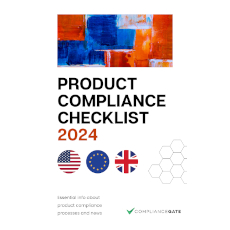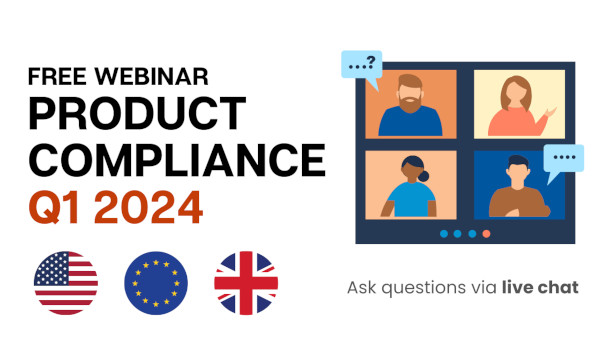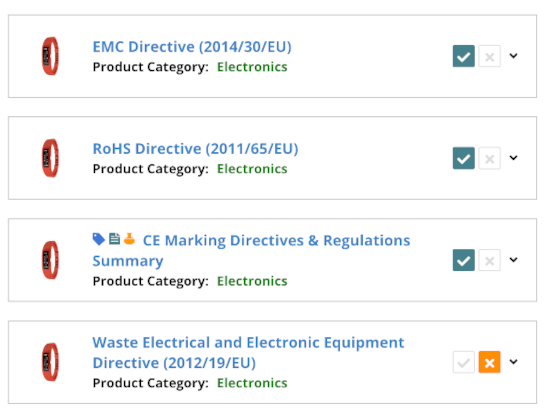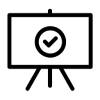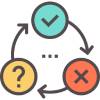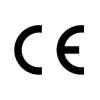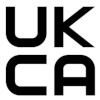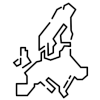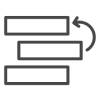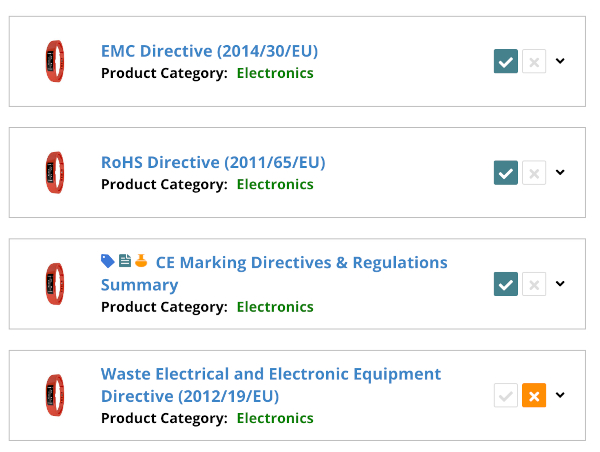ASTM F963-23 is the latest version of ASTM F963, a safety standard that sets requirements for children’s products in the US. Compliance with ASTM F963-23 will become mandatory on April 20, 2024.
It covers requirements regarding chemical and heavy metals, mechanical, physical, and electrical safety, and more.
In this guide, we explain what you must know about ASTM F963-23, which products must comply with it, how you should ensure compliance, and where to buy the standard.
Content Overview

FREE CONSULTATION CALL (US, EU & UK)
- Request a free 30-minute call with Ivan Malloci to learn how we can help you with:
- Find product requirements
- Certification and labeling
- Lab testing
What is ASTM F963-23?
ASTM F963-23 is the latest revised version of “ASTM F963 – Standard Consumer Safety Specification for Toy Safety”, and it was published in October 2023.
It covers similar requirements to the old version of the standard, F963-17. However, several parts of the standard were updated, and we provide some examples of the updated requirements below in this guide.
The CPSC has incorporated ASTM F963–23 by reference into 16 CFR Part 1250 – Safety Standard Mandating ASTM F963 for Toys, making it a mandatory standard by April 20, 2024.
What is ASTM F963-17?
ASTM F963-17 is the 2017 version of ASTM F963, and it was previously incorporated by reference into 16 CFR Part 1250. It has now been replaced by ASTM F963-23.
Per the ASTM website, this version of the standard is no longer active.
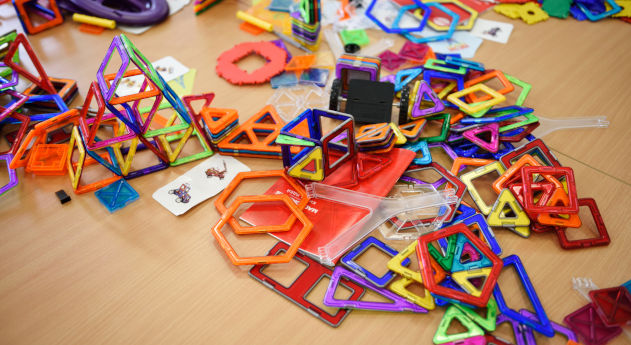
What is the difference between ASTM F963-23 and ASTM F963-17?
According to this CPSC document published in the Federal Register, there are several differences between ASTM F963-23 and ASTM F963-17. We provide a few examples of these changes in the tables below.
Revisions that impact safety
| Revision’s type | Updates on ASTM F963-23 |
| Battery accessibility | Changes the term “tool” to “common household tool” and clarifies that this includes objects “commonly found in most households” such as straight-blade screwdrivers, coins, or pliers |
| Expanding materials | Adds a definition of “removable component” to indicate a part of a toy that is meant to, or might likely, be taken out by a child during normal usage conditions |
| Sound-producing toys | Provides a new sound limit (94 dB) for push or pull toys |
Revisions not impacting safety
| Revision’s type | Updates on ASTM F963-23 |
| Sound-producing toys | Contains new Annex A14.4 explaining the technical reasons for revising the A-weighted sound limit for push or pull toys |
| Projectile toys (Section 8.14) | Sections 8.14.3 and 8.14.6.2 update the testing bow conditions |
| Apparatus metal sieve (Section 8.3.2.1) | Corrects a typographical error regarding the size of a No. 35 sieve, from the incorrect usage of micrometers (μm) in ASTM F963-17, to the revised usage of millimeters (mm) in ASTM F963-23 |
Is compliance with ASTM F963-23 mandatory?
Yes, compliance with ASTM F963-23 will become mandatory for toy sellers when the standard takes effect on April 20, 2024, as it is incorporated by reference under 16 CFR Part 1250.
Until the above-mentioned date, compliance with ASTM F963-17 is mandatory. However, from a practical point of view, it may be best to take into consideration the requirements of ASTM F963-23 even before April 20, 2024.
The testing lab of your choice should be able to provide suggestions on this matter.
Which products must comply with ASTM F963-23?
ASTM F963-23 covers children’s toys and some types of children’s care articles. Here are a few examples:
- Squeeze toys
- Projectile toys
- Stuffed and beanbag-type toys
- Wheeled ride-on toys
- Yo yo Elastic tether toys
- Magnets
- Marbles
- Pacifiers
- Rattles
- Pompoms
Overview
ASTM F963-23 covers an extensive list of safety aspects, including the following:
- Hazardous substance and heavy element content restrictions
- Mechanical and physical properties
- Electrical safety
- Small objects
- Flammability
Chemicals and heavy metal restrictions
ASTM F963-23 covers testing methods aimed at ensuring that the amount of heavy metals and other restricted hazardous substances present in toys, their materials, or components do not exceed the set limits.
Such substances include lead, cadmium, and phthalates. Products and materials containing excessive amounts of restricted substances (i.e., above the set limits) are non-compliant with ASTM F963-23.
Mechanical and physical properties
ASTM F963-23 sets mechanical and physical requirements for toys. Here are some examples:
- Sharp points
- Design guidelines
- Small parts
- Detachable parts
Mechanical and physical properties directly impact the toy’s design, as elements must be implemented at the drawing board to comply with ASTM F963-23.
Products that are inherently non-compliant by design simply cannot pass ASTM F963-23 testing.
Electrical safety
The standard also covers requirements related to electrical safety, as some children’s toys contain electrical components or batteries. As such, it is important that these components – and consequently, the toy itself – pose no harm to the child using it. For instance, ASTM F963-23 contains tests for battery-operated and battery-powered toys.
Electrical safety aspects of ASTM F963-23 can impact the PCB and wiring diagrams. These must be taken into consideration at the design stage of the toy.
Small parts
ASTM F963-23 covers requirements for small objects and small parts, which are subject to mandatory testing at a CPSC-accepted laboratory.
The small parts requirements impact, for example, beads, buttons, and plastic eyes found on plush toys. It also impacts parts that can be removed, broken apart, or detached by a child – which in turn can be a suffocation hazard.
Flammability
Some toys must undergo testing to ensure it is not overly flammable to potentially avoid situations when a child plays with them near a heat or flame source. This might include, for instance, plush toys.
Buying ASTM F963-23
You can only access the detailed requirements of specific standards through the purchase of said standards. ATSM F963-23 is no different, and you can purchase it online on the ASTM’s website for USD 113 as either a hard copy or a downloadable PDF.
ANSI
ASTM F963-23 is available on ANSI’s webstore as well. There, clients can purchase a PDF copy of the standard for the same price as on the ASTM website.
S&P Global
S&P Global’s IHS Accuris Standards Store offers three options for the purchase of ASTM F963-23:
- A downloadable PDF copy for USD 113
- A hard copy for USD 113
- A PDF and hard copy package for USD 192.10
Ensuring compliance with ASTM F963-23
Ensuring compliance with ASTM F963-23 takes more than sending samples to a lab and hoping for the best. Instead, the compliance process starts at a product design stage, which in turn requires that you or your design team can practically implement the technical safety aspects of ASTM F963-23 into your product design.
1. Identify relevant parts
Only some of the aspects covered by ASTM F963-23 might apply to a specific product. For example, electrical safety requirements only apply to products that include electrical or electronic components.
Thus, it is important to identify what parts of the standard apply to your products. This is especially true for non-toy children’s products, for which the standard might only cover some safety aspects (e.g., pacifiers).
Additionally, the standard might cover topics like product flammability and chemical safety, but it may not cover other aspects like labeling, performance, and more.
Further, the parts covering mechanical and physical properties can have a direct impact on the actual design of your product.
2. Design for compliance
Toy importers and manufacturers must identify which parts of the ASTM F963-23 apply to their products and incorporate this knowledge when they design them. There is no such thing as “accidental” compliance with ASTM F963-23. For instance, to pass a test against small parts or electrical safety, a product must be designed for it.
Therefore, importers and manufacturers must keep in mind the relevant sections while designing their products. This might include requirements for:
a. Small parts
b. Sharp edges
c. Electrical safety
d. Waist restraint straps
e. Safety check to make sure any projectiles don’t end up in a child’s mouth
f. Safety check, stability-wise, for ride-on toys regarding the space between two wheels on one axis
3. Create warning label files
It is also important that importers and manufacturers of children’s products consider what warning labels should be printed or attached to their products or packaging.
The reason is that if a product is wrongly labeled, it would be difficult and costly, if not impossible (e.g., engraved labels), to rectify this error once the product has already been packaged and shipped.
4. Lab testing
Toys designed or intended primarily for children aged 12 and under must undergo third-party testing. It is advisable to have on hand different estimates from several CPSC-accepted testing laboratories before the product samples are sent off for testing. These estimates could also include a list of test methods.
Once the requirements deemed applicable to the product have been identified and confirmed, the product samples must be sent to the chosen CPSC-accepted lab for lab testing.
ASTM F963-23 Warning Labels
ASTM F963-23 also covers warning labeling requirements. You can find examples in this document published by TÜV SÜD.
Lab Testing
Testing products in a CPSC-accepted lab against relevant testing methods is usually mandatory and often is the only way to ensure that the product complies with technical requirements, such as substance restrictions.
Is ASTM F963-23 lab testing mandatory?
Products covered by CPSIA must be tested according to ASTM F963-23, assuming the standard is applicable. Further, other ASTM standards can also apply to the same product.
Also, the test should be conducted on samples that belong to the production batch that is intended to be sold in the United States.
How much does ASTM F963-23 cost?
The price of ASTM F963-23 lab testing can vary based on how complex the product is, which country you intend to test your products in, and other factors. Below, we list some examples of prices taken from this Federal Register document, which was published in 2018.
Let’s take the example of a product’s component that is tested to ensure that the level of cadmium or other heavy metals does not exceed the safety levels set by the standard. The price of such testing can range anywhere from USD 60–190. The price might vary greatly according to the lab and the country where the test is performed. For instance, the source mentions a cost of USD 60 in China, and USD 190 in the United States.
Phthalate testing, on the other hand, can be more expensive. Depending on the testing location, phthalate testing might cost between USD 125–350 per component tested. Also, because products may contain multiple components and materials, the price for testing the entire product for phthalates might exceed USD 1,000.
ASTM F963-23 Lab Testing Companies
Many companies around the world offer consumer product compliance testing services. However, only CPSC-accepted labs are allowed to carry out ASTM F963-23 testing under CPSIA requirements.
Below we list some CPSC-accepted lab testing companies that offer ASTM F963-23 lab testing:
- SGS
- Intertek
- UL
- STC
- DST Testing


